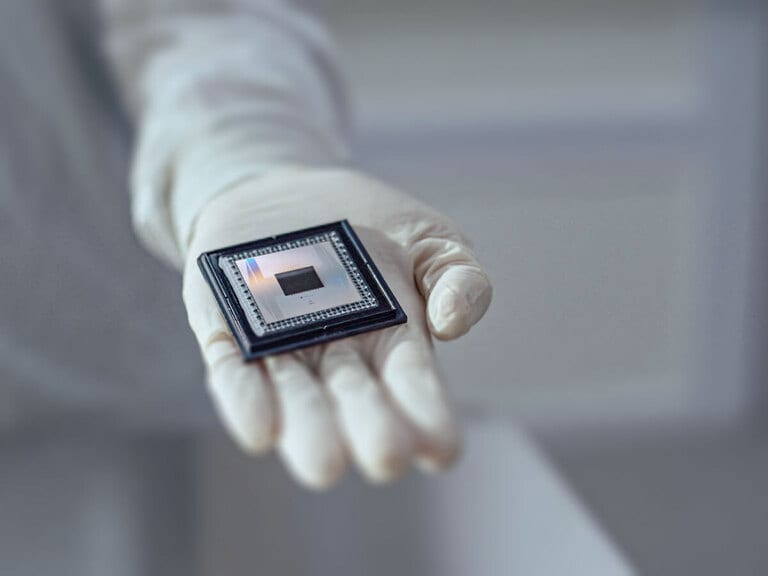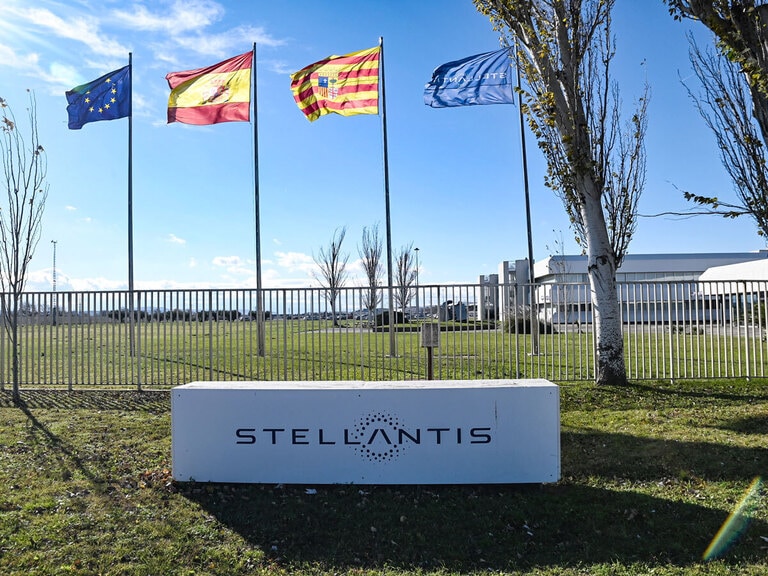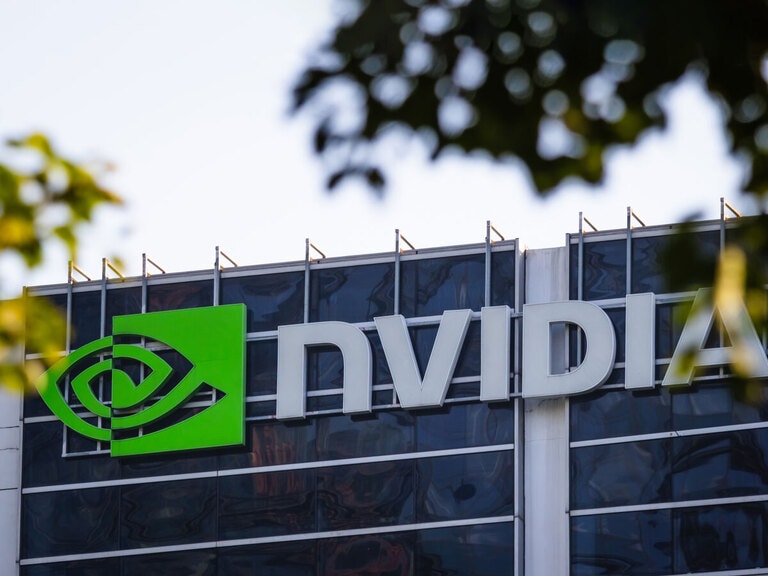- Colossal amounts of energy and water are required to train generative AI’s large language models.
- Nvidia recently awarded $5m by the US Department of Energy to develop a data centre cooling solution.
- How to invest in generative AI: the WisdomTree Artificial Intelligence UCITS ETF is up 19.6% in the past six months.
In May 2023, Geoffrey Hinton, the so-called ‘Godfather of AI’, quit Alphabet’s [GOOGL] Google over concerns about the dangers of the technology.
"I wouldn't like to devalue climate change. I wouldn't like to say, 'You shouldn't worry about climate change.' That's a huge risk too. But I think this might end up being more urgent,” Hinton told Reuters.
The two risks may, in fact, be intertwined. There has been much hype and excitement about the technology’s potential, as well as concern, but relatively little focus on the energy- and water-intensive data centres on which it relies.
Take OpenAI’s GPT-3 large language model (LLM), for example. It has 175 billion parameters, consumed 1,287 megawatt hours (MWh) and emitted 552 tonnes of carbon dioxide during training, according to academic analysis led by David A. Patterson, Pardee professor of computer science, emeritus at the University of California, Berkeley. Its successor, GPT-4, which launched in March and was made available through its API in July, has more than 1 trillion parameters, sources close to the company told Semafor. This makes GPT-4 potentially six times more energy-intensive than GPT-3.
Besides being prolific emitters of greenhouse gases, data centres are thirsty. A large one consumes one to five million gallons of water daily — the equivalent of a town of 10-50,000 people — in order to cool its servers. They are, according to a Virginia Tech study cited in the Washington Post, among the US’s top ten water consumers, and draw approximately one fifth of their water from water-stressed regions.
Big tech’s water pledges
Google, Amazon [AMZN] and Microsoft [MSFT] have all made pledges in recent years to improve their water usage and stewardship. Google wants to replenish 120% of the water it uses by 2030 and the other two want to be at least water-positive. These commitments, though, predate the generative AI boom.
Just 6% of Google’s water was replenished last year, according to the company’s latest environmental report, released in July. There’s also recognition that AI’s demand for energy and other resources remains unknown.
"Predicting the future growth of energy use and emissions from AI computers in our data centres is difficult," said Benedict Gomes, senior vice president for learning and sustainability, in prepared remarks. He added that Google is "focused on developing new ways to make AI computing more efficient while leveraging the opportunities that AI presents to have a positive environmental impact”.
Better data centre cooling needed
The increased demand from generative AI could contribute to data centre operating costs increasing to more than $76bn by 2028, according to analysis by Tirias Research seen by Forbes. According to market research firm Dell’Oro Group, the liquid cooling market could be generating $1.7bn in annual revenue by 2027.
The tech industry clearly recognises the need to address generative AI’s environmental impact and to come up with ways to cool data centres that are both cost-effective and sustainable. The US Department of Energy recently awarded Nvidia [NVDA] a $5m grant to develop such a solution, which uses a liquid commonly found in fridges and automotive air conditioners. Studies have suggested that it will cost at least 5% less and run 20% more efficiently.
“With soaring demand for AI and [high-performance computing] applications driving exponential increases in computing power, this supply-demand mismatch means data centres have no choice but to become more efficient,” Jeremy Rodriguez, senior director of data centre engineering at Nvidia, told SDxCentral in May.
Money flows into cooling solutions
The realisation that innovative technologies are needed to help improve the environmental credentials of data centre infrastructure is seeing money start to flow into the data centre industry. In May, global investment powerhouse KKR [KKR] announced it is acquiring CoolIT Systems, which provides liquid cooling solutions.
“By combining our manufacturing and decarbonisation expertise with CoolIT’s track record of product innovation, we expect to further scale its best-in-class direct liquid cooling solution to meet the anticipated demand for higher density, more energy efficient data centres,” said KKR director Evan Kaufman in a press release.
Future generative AI could be more sustainable
While there’s no doubt that generative AI is energy intensive, the technology’s future energy consumption can’t be assumed, because it's not guaranteed that next-generation LLMs will actually require the use of more water and power.
According to Christopher Gannatti, global head of research at WisdomTree, writing in research published in June, two things can’t be guaranteed. First, that rates of generative AI adoption and usage will remain elevated — it could even drop off as the buzz around generative AI fades. The other is that the technology supplying energy needs will remain constant — there are likely to be breakthroughs in improving efficiencies.
How to invest in AI
ETFs, or exchange-traded funds, offer an economical and diversified way to invest in a variety of stocks within a particular theme.
Funds to watch: Roundhill Generative AI ETF
There are several ways to play generative AI and data centre cooling innovation.
The Roundhill Generative AI ETF [CHAT] is the theme’s first pure-play fund, focused specifically on those companies advancing generative AI, including Nvidia and Alphabet. Platforms account for 45.1% of the portfolio, while infrastructure and enterprise software both have weightings of 24.7%. The other 5.4% has been allocated to consumer software. The fund is up 17.4% since its launch on 18 May.
The WisdomTree Artificial Intelligence UCITS ETF [WTAI] holds Nvidia and Alphabet. The portfolio is weighted in favour of the information technology sector (83%); financials, consumer discretionary, healthcare, communication services, industrials and consumer staples comprise the rest. The fund is up 40.6% year-to-date through 28 July and up 19.6% in the past six months.
Another option is the Global X Data Center REITs & Digital Infrastructure ETF [VPN], which holds Nvidia. The fund offers exposure to real estate (54.3%), information technology (33.9%) and communication services (11.9%). The fund is up 11.4% year-to-date, and up 1.2% in the past six months.
Continue reading for FREE
- Includes free newsletter updates, unsubscribe anytime. Privacy policy






